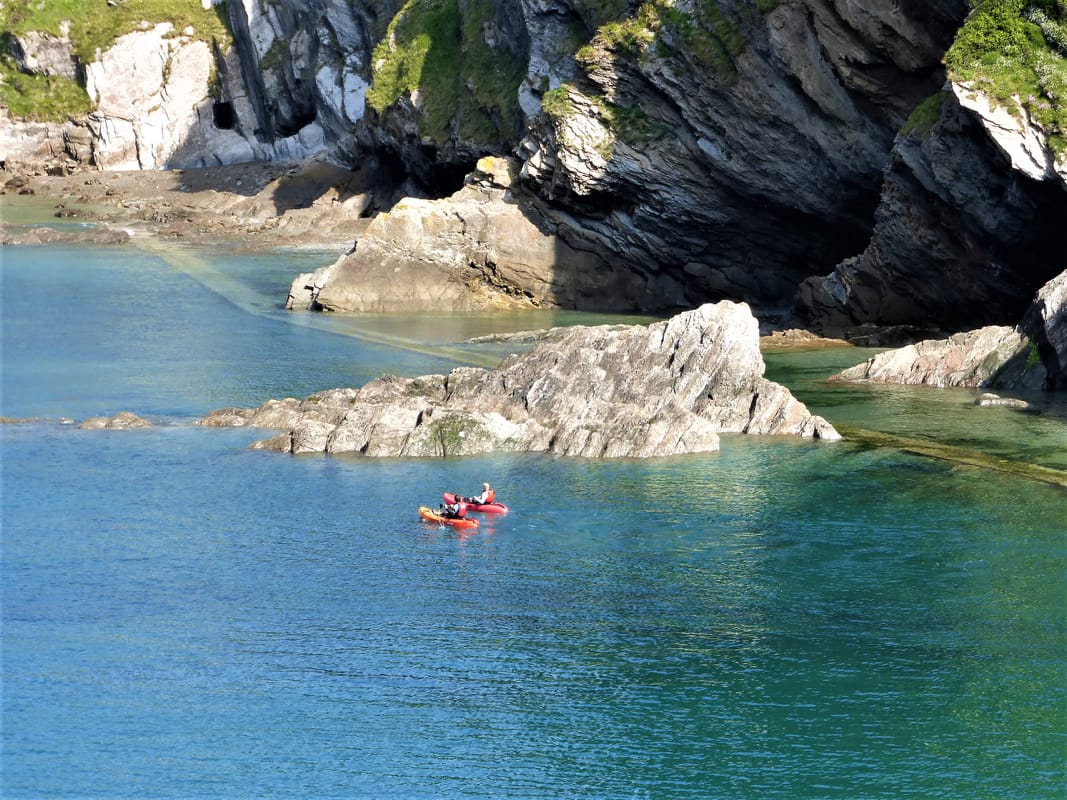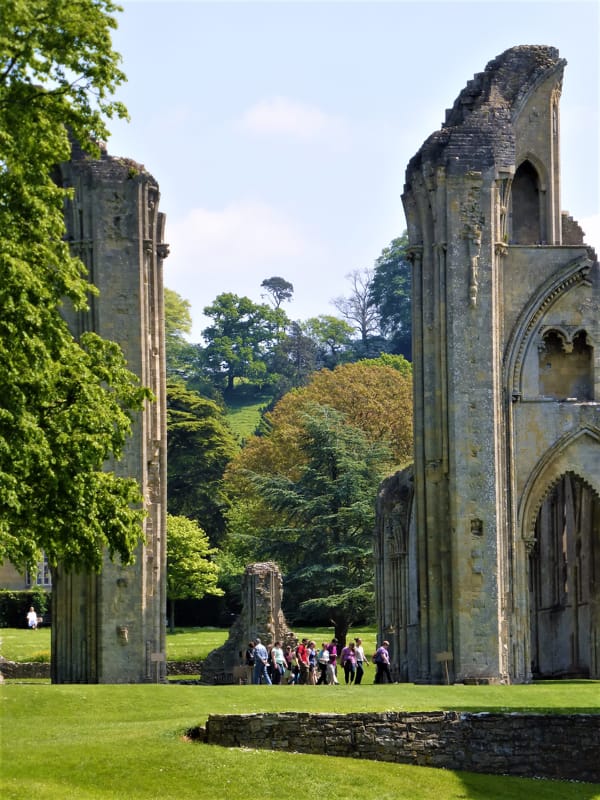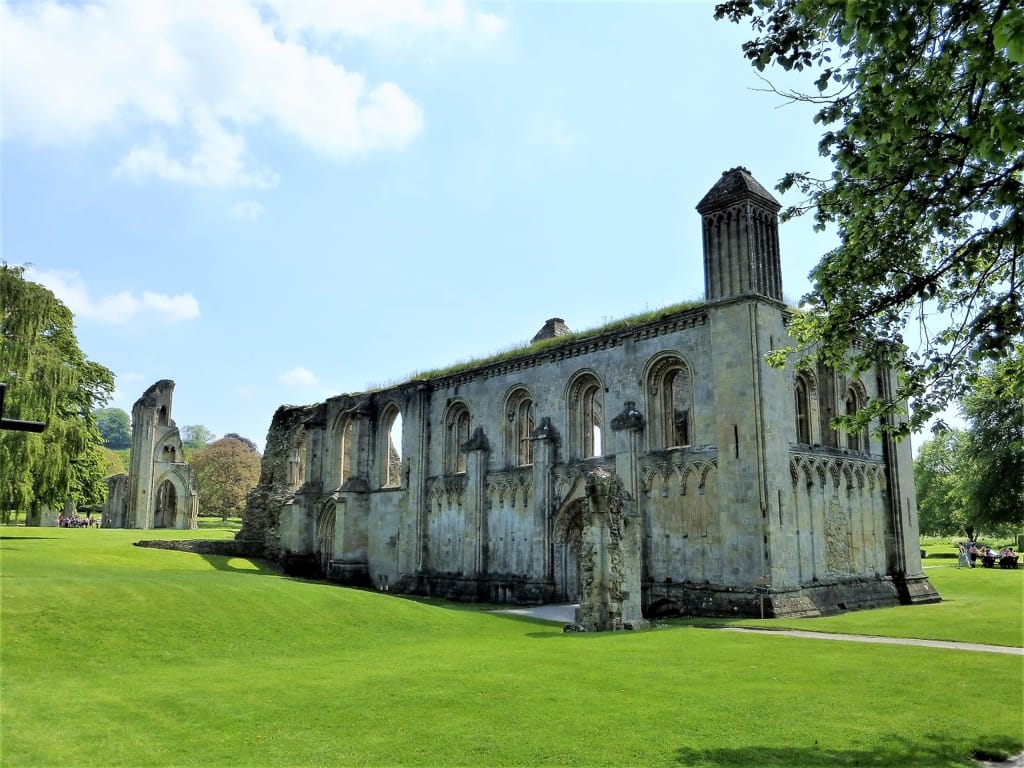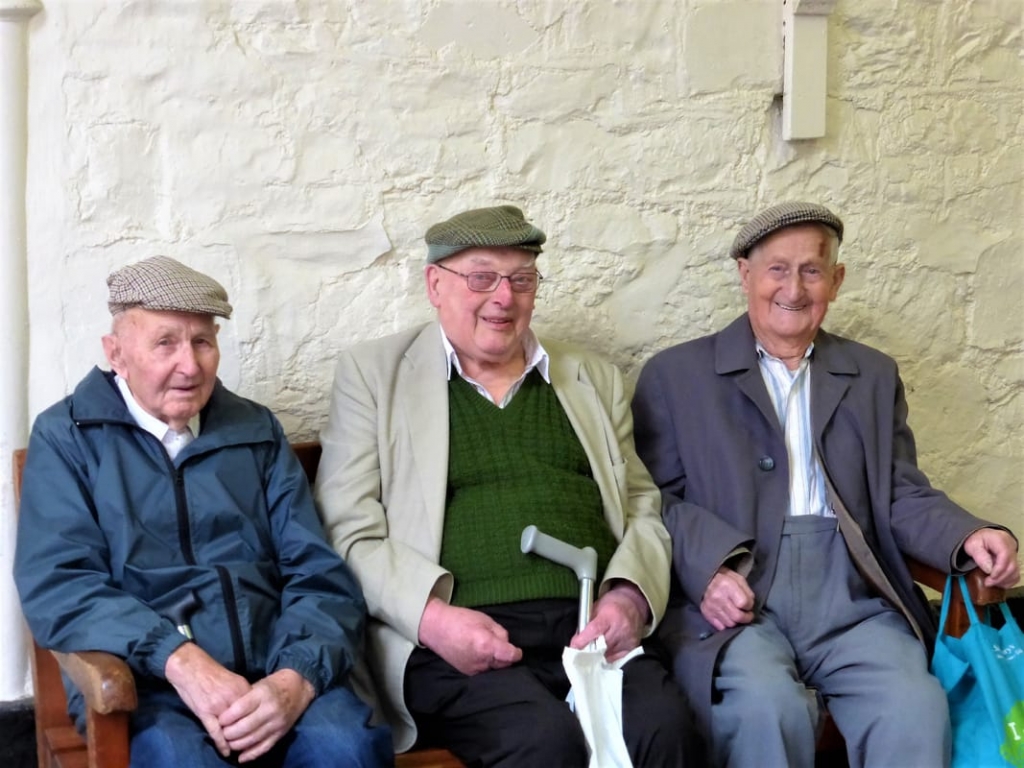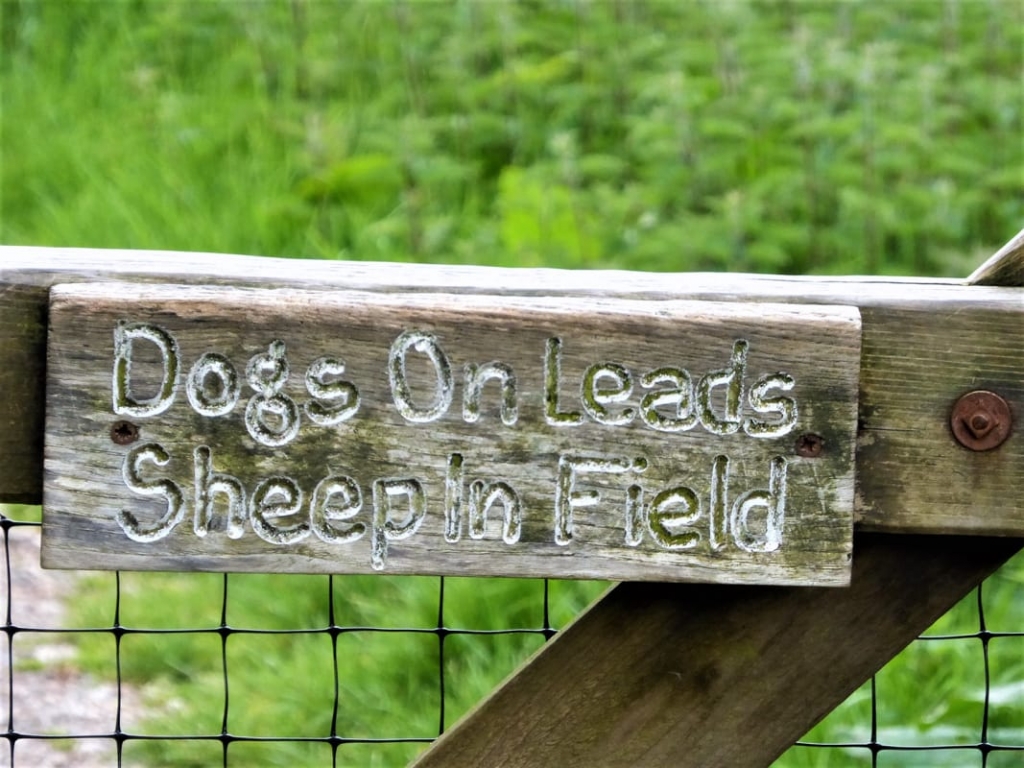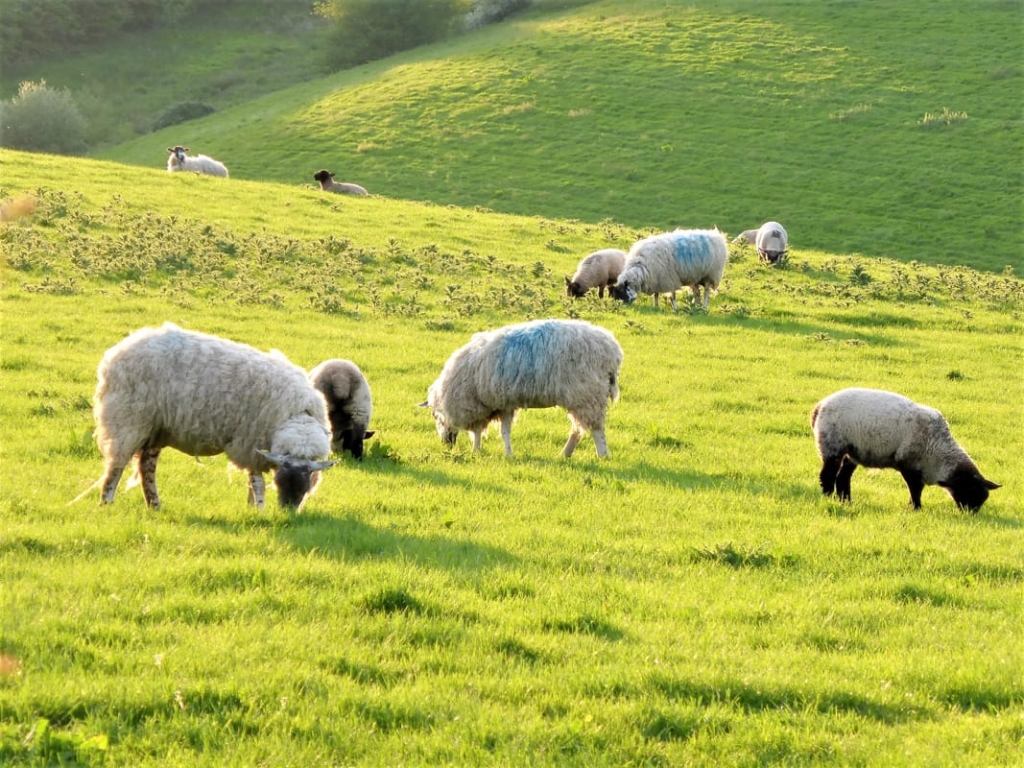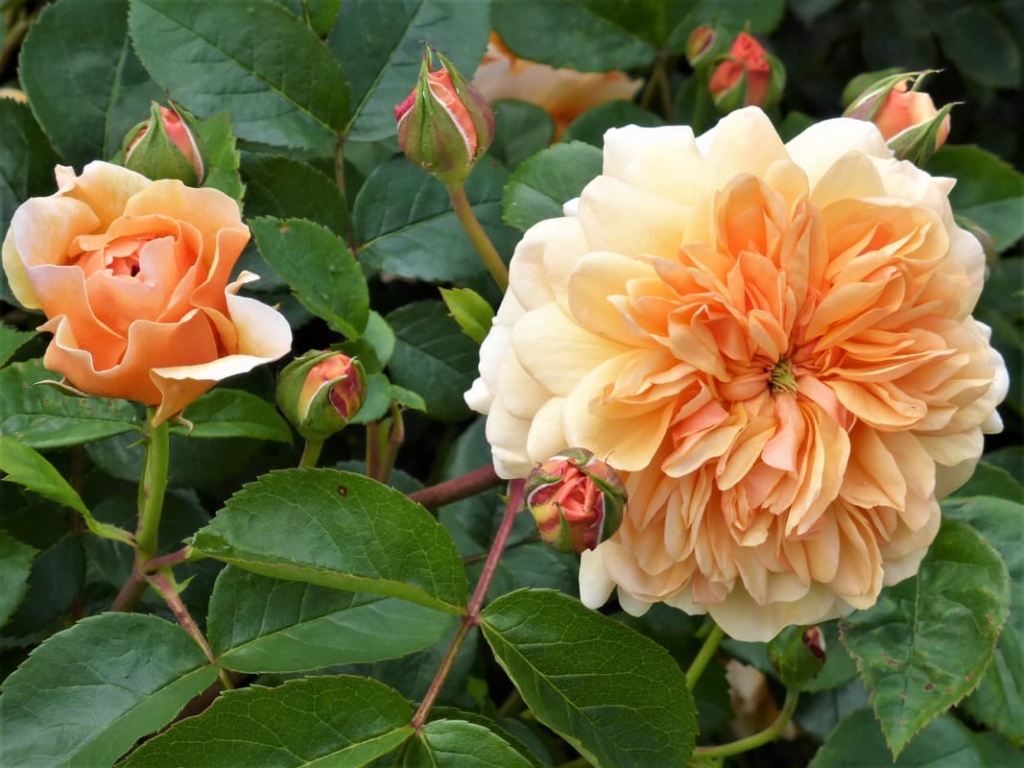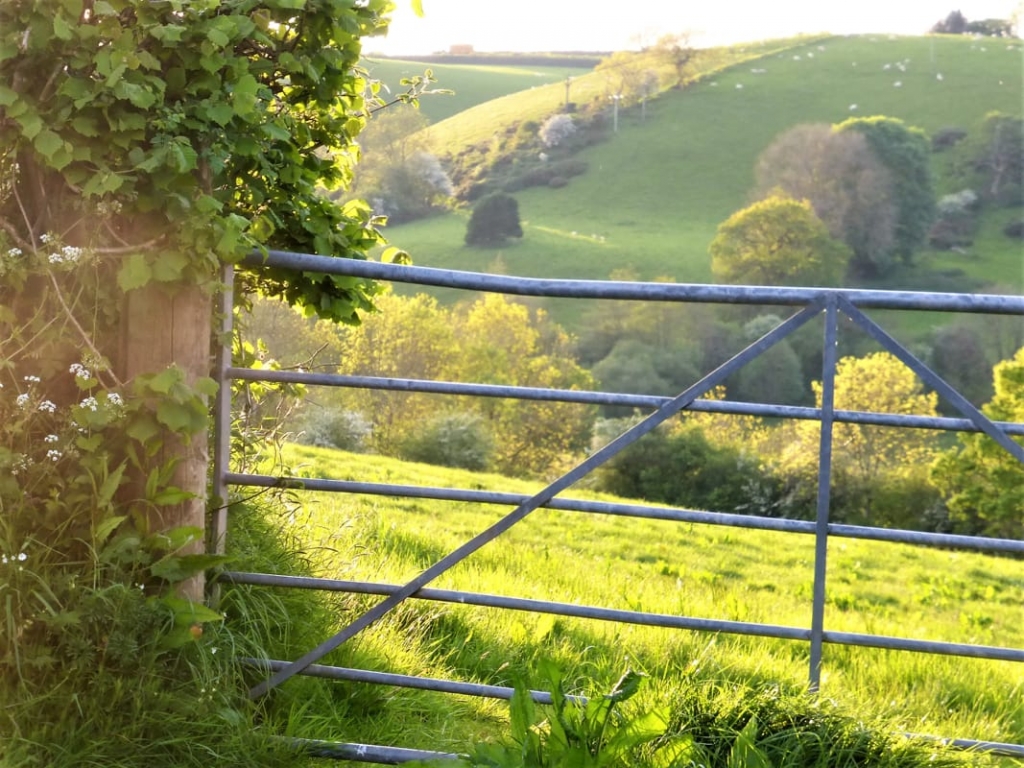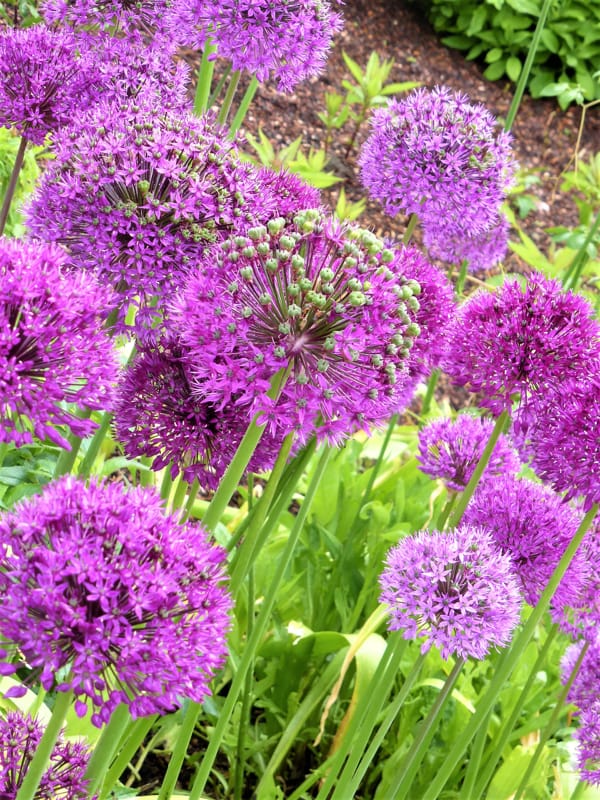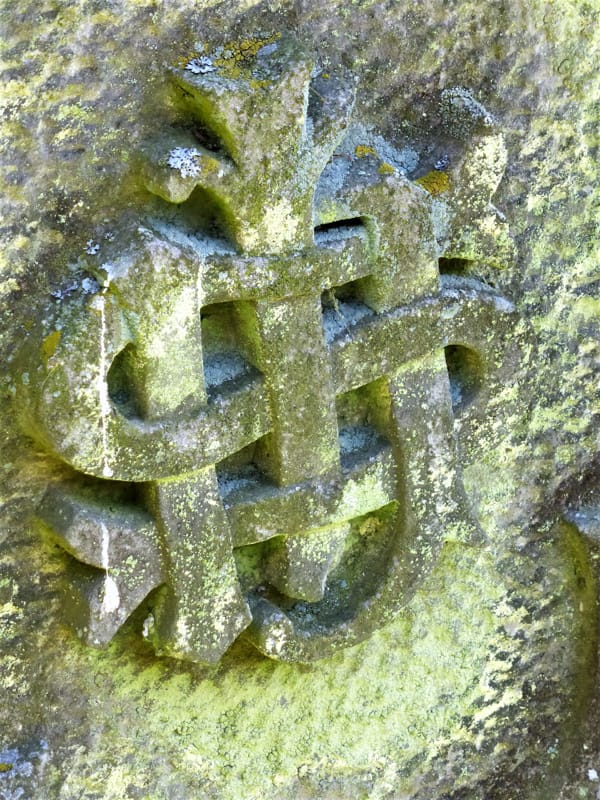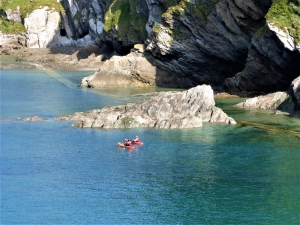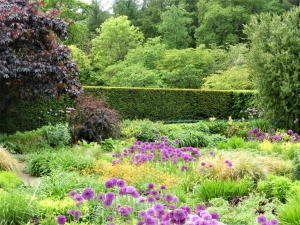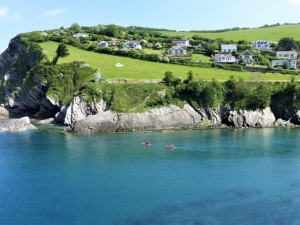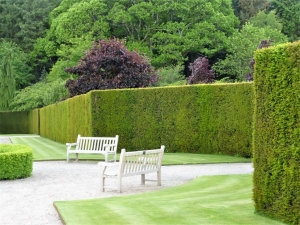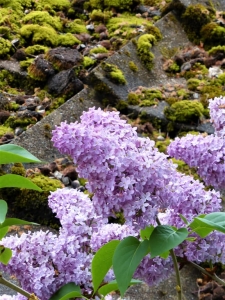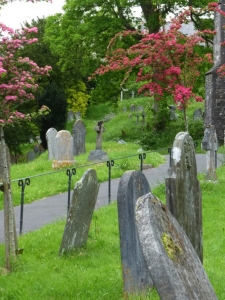Three memorable days out in and around the Exmoor National Park:
- The RHS Garden Rosemoor at Little Torrington – the epitome of an orderly-rambling English country garden. A must-see in spring
- The South Molten market – held in a roomy hangar there’s everything from 80s vinyl to Sharpham Rustic cheese
- Cross the Tarr Steps in the Exmoor National Park – a Grade 1 listed Clapper bridge over the River Barle
Where Devon, Somerset and Exmoor converge, you’ll find some of the most enduring countryside in South West England
Words and photographs Tess Paterson
The whole trip began with a wedding invitation to the North Devon hamlet of Combe Martin. It’s not often you can use the word hamlet without sounding like the Brothers Grimm, but there really is no better way to put it. Fans of ITV’s Doc Martin (filmed at Port Isaac in Cornwall which has a similar allure) will know what I’m on about. Not only is Combe Martin reputed to have the longest, most winding high street in the country, its picturesque coves and glimpses of Wales make it an excellent bet for an outdoorsy weekend.
Driving from London we’d headed due west, in the direction of Cardiff but with a horseshoe dip down to Exeter and back up north towards the Bristol Channel. Marlborough is the first stop, predictably for Carphone Warehouse and airtime, but more importantly for a bacon buttie breakfast. “Any sauces with that?” is the anthem of the English cafe. It’s safest to reply yes, before choosing from HP, Branston Pickle or good old brown sauce. Sheer heaven with that bacon – farm-cured and thick as a pocket Berlitz guide.
Glastonbury wellie-stompers range from the Peatbog Faeries and Rainy Boy Sleep to my personal favourite, Robert Plant
We meander on towards Glastonbury – a town I’ve always wanted to see – not least for its association with the annual musical mud-fest, but for its legendary connection to King Arthur, Ley lines and moon-gazing hares. Glastonbury is actually some 11km from Worthy Farm – the pristine slice of Somerset that’s besieged by new-age revellers for five days each June. Over the years Glasto-goers have bopped and weaved to the diverse outpourings of Metallica, Dolly Parton, Jake Bugg and Kendrick Lamar. Renowned wellie-stompers range from the Peatbog Faeries and Rainy Boy Sleep to my personal favourite, Robert Plant.
Glastonbury itself is an ancient market town, and while full of charm, has long been the outpost of all things truly hippy. Each shop is more alternative than the next, a commingling of crystals, incense, complex tattoos and jester-like twirly-toed footwear. The high-street fashion channels a sort of be-skirted druid in dreadlocks; even the dogs look as though they’ve taken a long, slow drag of something interesting.
What we’re really after though, is the abbey, and its 37 acres of rolling green parkland. It’s the perfect place to retreat with a picnic and a book, while pondering on how it must have looked in the 11th century when it was the wealthiest monastery in the realm. Camelot fans will know that King Arthur and Queen Guinevere are reputed to be buried here. Small wonder that the town’s dress code has such a Merlinesque bent.
As wedding weekends go it turns out to be particularly special – a South African girl marrying a Devonshire guy on a perfect day in spring
Several hours and a few detours later, we’re finally braving the narrow Devon lanes. Our destination is the Sandy Cove hotel at Combe Martin, on the Western edge of the Exmoor National Park. With its break-neck staircase and offbeat managerial approach, the hotel is a wooden panelled replica of Fawlty Towers, albeit with exceptional views and jolly good chips. As wedding weekends go it turns out to be particularly special – a South African girl marrying a Devonshire guy on a perfect day in spring. Calm as a millpond the Bristol Channel stretches out ahead, and the weather’s so warm that all the Joburgers are huddling in the shade.
Combe Martin is full of the dramatic cliffs and inlets best favoured by pirates. In fine weather the sandy bays are perfect for kayaking, and judging by the number of cheerful, stick-carrying ramblers, the walking routes are spectacular. From this winding, pretty spot, we take the coastal route to Lynton, before stopping at Dunster, with its impressive Norman castle that’s reputed to have had the first plumbed-in bath in Somerset.
The Bridge Inn at Dulverton sets the tone for village life at its finest
Our base near Exmoor is the village of Dulverton – a gorgeous spot on the southern tip of the national park, with an old stone bridge and an excellent pub. It sets the tone for the rest of our stay, with genuinely friendly people and a sense of community that’s all but gone from city life. A morning’s shopping may start at the bakery, with an important discussion on how Eccles cakes differ between here and the north. Then a gentle potter at the grocer’s before stopping for tea and fruit scones at The Copper Kettle. Later, totter down to the Bridge Inn, and recuperate over a pint of cider before heading home for a lie-down. Village life at its finest.
A happy series of day trips follows, including a visit to the weekly South Molten market – a roomy hangar filled with everything from Sharpham Rustic cheese and 80s vinyl to fresh flowers. “Don’t miss the gardens at Torrington,” advises a lady who’s selling the lightest blueberry tarts, so that’s where we head to next.
Officially the RHS Garden Rosemoor at Little Torrington, this gem epitomises the English country garden – interspersed with some snappy French formality and Japanese-inspired calm. To see it in spring is unforgettable, and in true English style there’s a mix of pale, diluted sunshine and monsoon-like squalls.
Back in the Exmoor National Park which overlaps both Somerset and Devon, we head to the Tarr Steps. Accessed through winding woodland which descends into the Barle River valley, this Grade 1 listed clapper bridge is a triumph of medieval engineering. Vast flat stones of at least a ton each span the river like colossal vertebrae. Hiking back up the hill, a sign on the gate reads ‘Dogs on leads, sheep in field,’ which if you think about it, is quintessentially English. Their approach to information is tirelessly polite, pragmatically dissuading the public from driving off cliffs or stumbling into boggy fens. The ‘Queues likely’ road signs still tickle me pink.
Criss-crossed by hedges, these fields epitomise the rolling green loveliness of unspoilt England
At our little cottage on Exmoor’s edge, we’re surrounded by the persistent, mournful wail of new lambs. Criss-crossed by hedges and dotted with sheep, these fields epitomise the rolling green loveliness of unspoilt England. The nights here are blissfully dark, in fact the Exmoor National Park has been designated as an International Dark Sky Reserve – the first site in Europe to achieve this accolade. It’s the antithesis of the illuminated billboards that relentlessly pump light pollution into the city skies. And long may it last.
This corner of south west England is largely unchanged. It’s a place where steady, pink-cheeked butchers wear little white hats and talk about your dinner. Where clotted cream teas and sausage sandwiches are treated with due reverence, and where people genuinely understand the art of conversation. It’s also a wonderful place for a wedding.
This story was first published in SA Garden & Home Magazine
Tess Paterson - Travel Writing - The scenic route

